Alternative names Bao, humbow, nunu, pau Variations Dabao, xiaobao | Created by [[]] Origin China | |
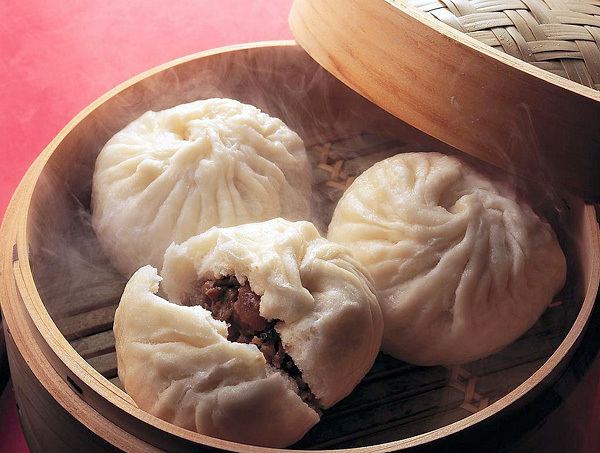 | ||
Similar Mantou, Jiaozi, Xiaolongbao, Dim sum, Wonton | ||
A baozi (Chinese: 包子) or simply known as bao, bau, humbow, nunu, bakpao (Hokkien), bausak, pow, pau or pao (Hakka) is a type of steamed, filled, bun or bread-like (i.e. made with yeast) item in various Chinese cuisines, as there is much variation as to the fillings and the preparations. In its bun-like aspect it is very similar to the traditional Chinese mantou. It can be filled with meat and/or vegetarian fillings.
Contents
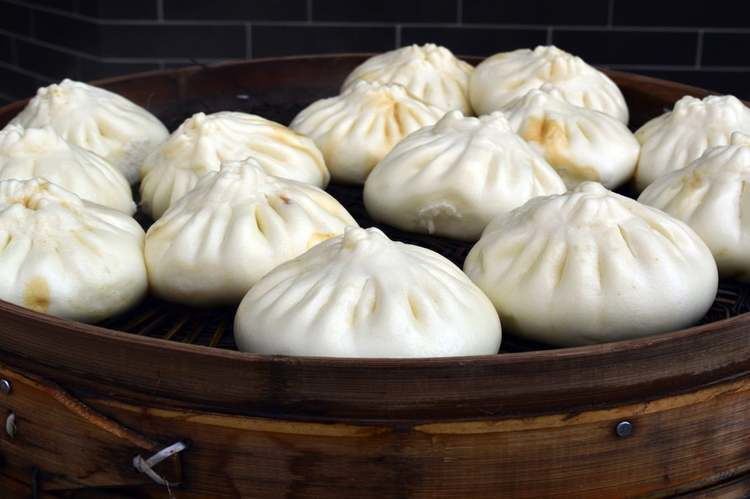
Two types are found in most parts of China and Indonesia: Dàbāo (大包, "big bun"), measuring about 10 cm across, served individually, and usually purchased for take-away. The other type, Xiǎobāo (小包, "small bun"), measure approximately 5 cm wide, and are most commonly eaten in restaurants, but may also be purchased for take-away. Each order consists of a steamer containing between three and ten pieces. A small ceramic dish is provided for vinegar or soy sauce, both of which are available in bottles at the table, along with various types of chili and garlic pastes, oils or infusions, fresh coriander and leeks, sesame oil, MSG, and other flavorings.
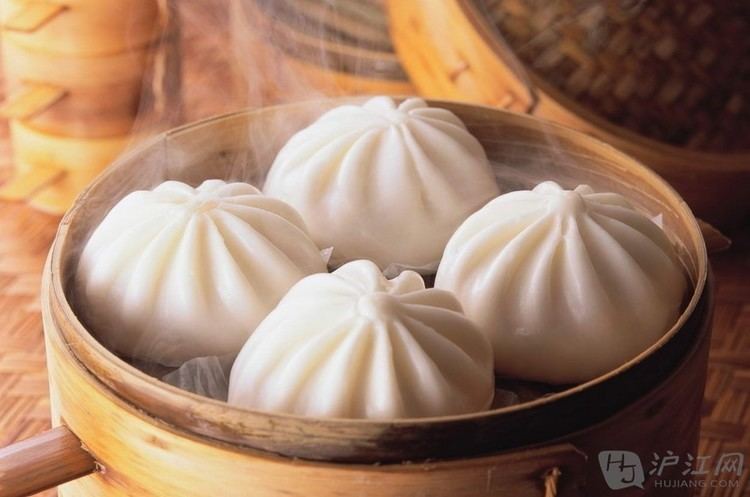
Amazing far west chinese food xinjiang kebabs and pumpkin baozi
History
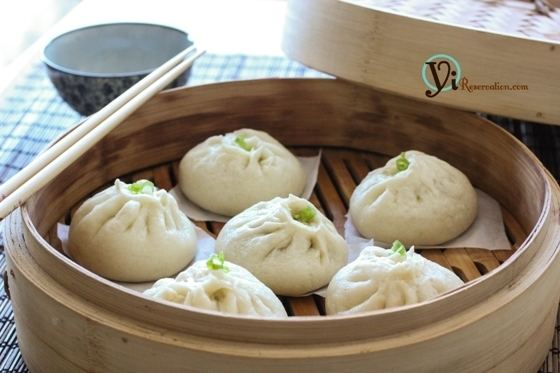
According to legend, they were invented by the Chinese scholar and military strategist Zhuge Liang during the Three Kingdoms period (3rd century AD). An alternate theory is that Mongols brought the form to China in the Yuan Dynasty from the Turkic court.
Culture
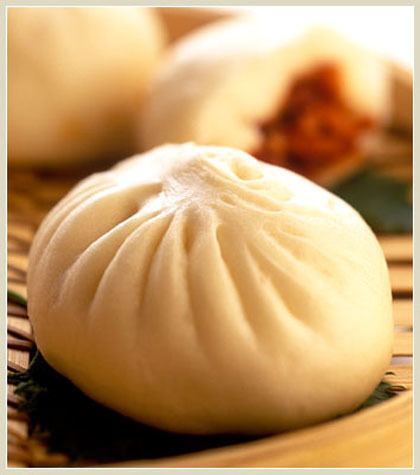
In many Chinese cultures, these buns are a popular food, and widely available. While they can be eaten at any meal, baozi are often eaten for breakfast. They are also popular as a portable snack or meal.
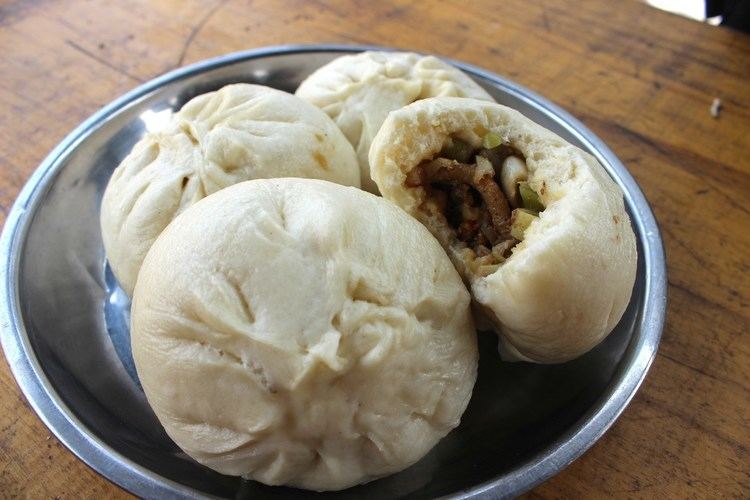
The dish has also become common place throughout various regions of South East Asia due to longstanding Chinese immigration.
